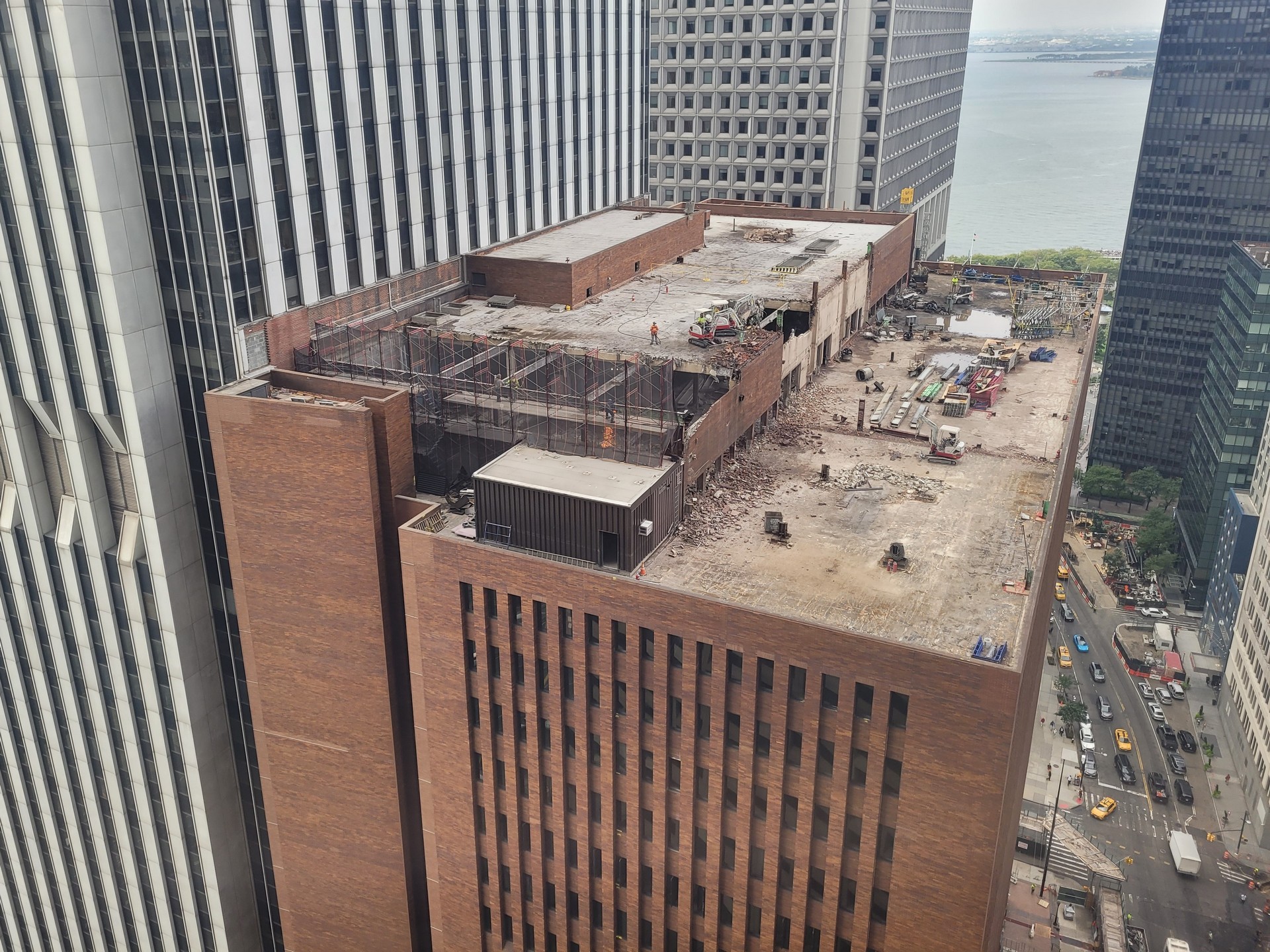Author | Jaime Ramos
Urban centers in countless cities have been showing signs of demographic fatigue in recent years. They have gone from being residential areas to simple thoroughfares and, it comes to a point when it is not so easy to reverse this trend. Given this situation, New York is exploring solutions: office-to-housing conversion projects.
And the urban center abandoned its residential spirit
In recent decades, major cities have experienced processes in which their activity has ended up defining the use of urban spaces, with greater severity than desired. There is no fixed pattern and they vary depending on the particular part of the world, but this is the trend allows us to distinguish between livable neighborhoods, mixed use developments, financial districts and urban centers.
Without solid planning, this classification of urban spaces has ended up pushing countless cities away from the principles of smart growth. If we focus on the urban center, we are currently seeing a residential collapse, which brings with it ghosts of the past, such inequality. Some even talk of death of the downtown.
If we take a quick look at the world in general, we can find some factors that are interrelated, such as investment tourism. The case of Venice is the most famous worldwide, but the phenomenon has also made headway in other cities, associated with investment by financial entities that purchase large numbers of properties distorting the housing market. Athens is a good example
The New York residential crisis

The housing crisis in New York and, particularly, Manhattan, is a more complex story and affected by more factors. A major paradox has been confirmed there: despite the economic benefit that the most emblematic financial city attracts, part of its population has been struggling to get ahead for years.
According to the New York City True Cost of Living (TCL) indicator, you need to take home $100,000 a year to be able to afford to live there. This figure increases to $150,000 in South Manhattan. More than half of New York City households do not make enough money to allow them to cover these figures.
A complex solution: convert offices into housing
In order to tackle the crisis, the city’s mayor, Eric Adams, and his team, have launched what is known as the "City of Yes" plan. The main measure includes refurbishing and converting 20,000 offices into housing units over the next ten years. This will enable 40,000 new residents to be accommodated in spaces which are, in theory, being left empty in the new era of remote work.
Maria Torres-Springer, a chief officer in the urban planning department explained the plan as follows:
"It makes no sense to allow office buildings to sit empty while New Yorkers struggle to find housing. By enabling these conversions, New York will reinvigorate its business districts and create new jobs."
How can converting offices into homes help?
New York is not the first major US city to promote this type of conversion strategy. Boston, Chicago, Washington D.C. or San Francisco have also embraced these strategies, with different, and not always satisfactory results.
This is why converting offices into housing is valuable for residential survival. It helps to increase the housing inventory, which in turn should help alleviate price increases. But this is not always the case.
The increase in homeless people in San Francisco is directly related to the complexity of the intervention by the authorities in the urban housing market in a country which, to top it all, has a strong economic and political association.
Converting office buildings into housing: an economic challenge in terms of architecture
The challenge involved in New York’s office conversion strategy even applies to architectural aspects. It is not simple or cheap.
For San Francisco, the construction company Turner Construction estimated an average of $472,000 and $633,000 per home. In New York, Brian Steinwurtzel, from GFP Real Estate, estimates a cost of between $400 and $500 per square meter. This company forms part of the residential conversion of 25 Water Street, which involves converting 1,300 offices into mixed-use housing.
He also confirms that the economic challenge relates to another structural challenge in terms of complying with existing lighting and ventilation regulations. No wonder, the aesthetic identity of this building is closely related to the reduced size of its windows.
Regulatory and inclusion challenges
Another challenge involved in New York’s plan is a regulatory one. Until now, buildings like 25 Water Street could be converted because of their age, since only buildings constructed between 1961 and 1977 can be converted. Adams hopes to extend this period to buildings constructed before 1990.
New York’s promising plan has also come up against some expected skepticism regarding the new homes fulfilling a fundamental requirement: they must be affordable for low-income population groups. This applies to the actual dynamics with the housing crisis and which has generated concerning indicators, including a vacancy rate of less than 1 percent for apartments with a price below $1,500.
In the areas in which the conversions are taking place, there are doubts regarding whether the new apartments will fall within the luxury sector or if they will be aimed at these types of tenants.

Reconversion also comes with significant ethnic integration responsibility which affects the entire country. Black, Hispanic and oriental populations have gradually abandoned city centers for the suburbs, while the white population has increased in the centers. In Brooklyn, between 2010 and 2020, the white population increased by more than 54,000 residents, while other groups dropped by 18,874 residents. Manhattan offered a similar statistic in proportion.
As illustrated, New York’s office-to-housing conversion plan requires precise and studied planning. After all, there are examples in which, unless certain master lines are corrected, the situation could get worse and the gentrification flame could be reignited.
Images | Wikimedia.commons/SnowFire, Freepik/wirestock





















































